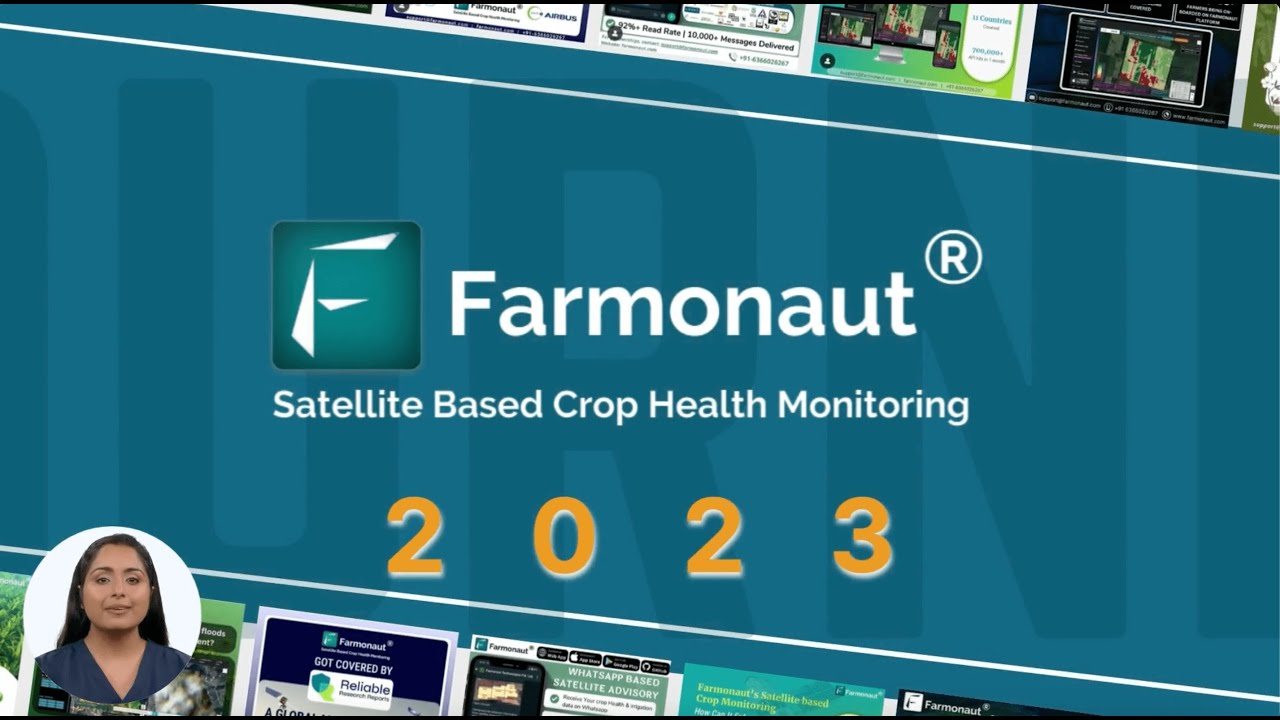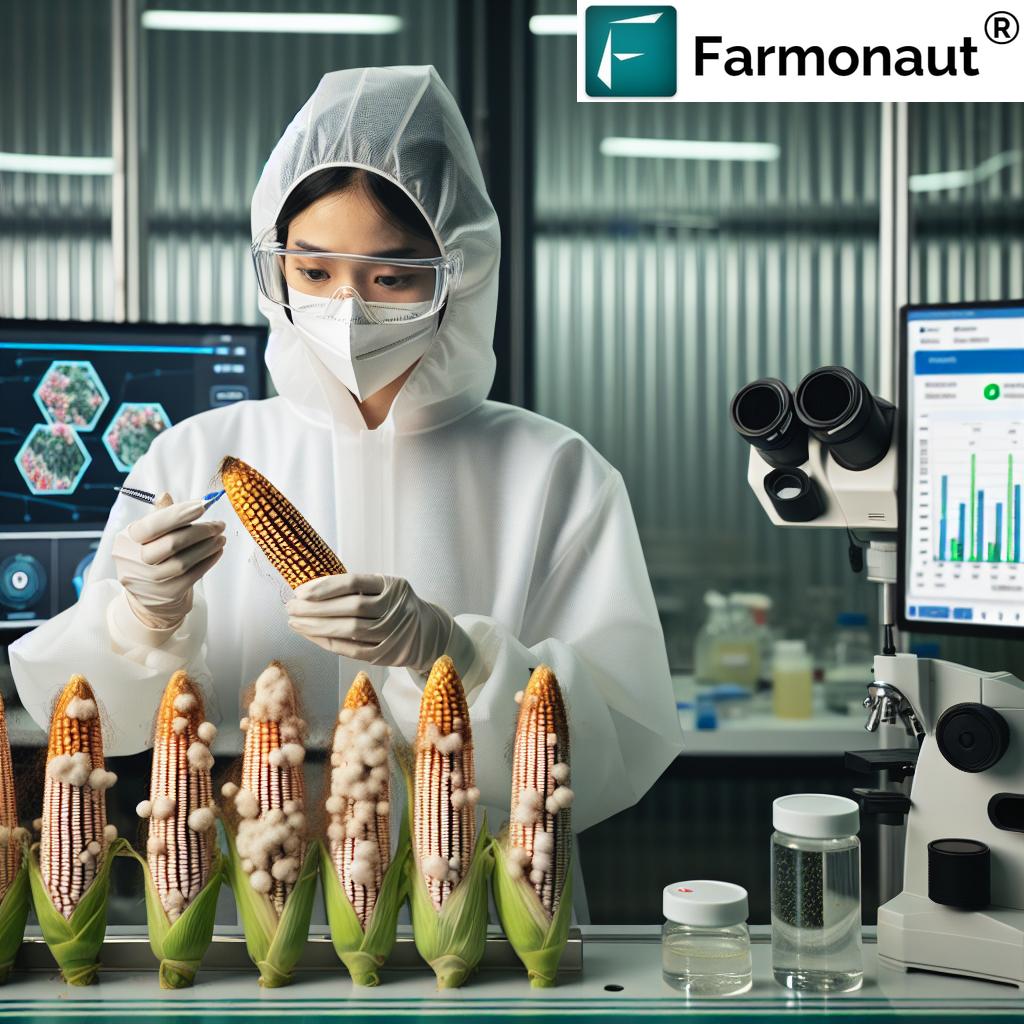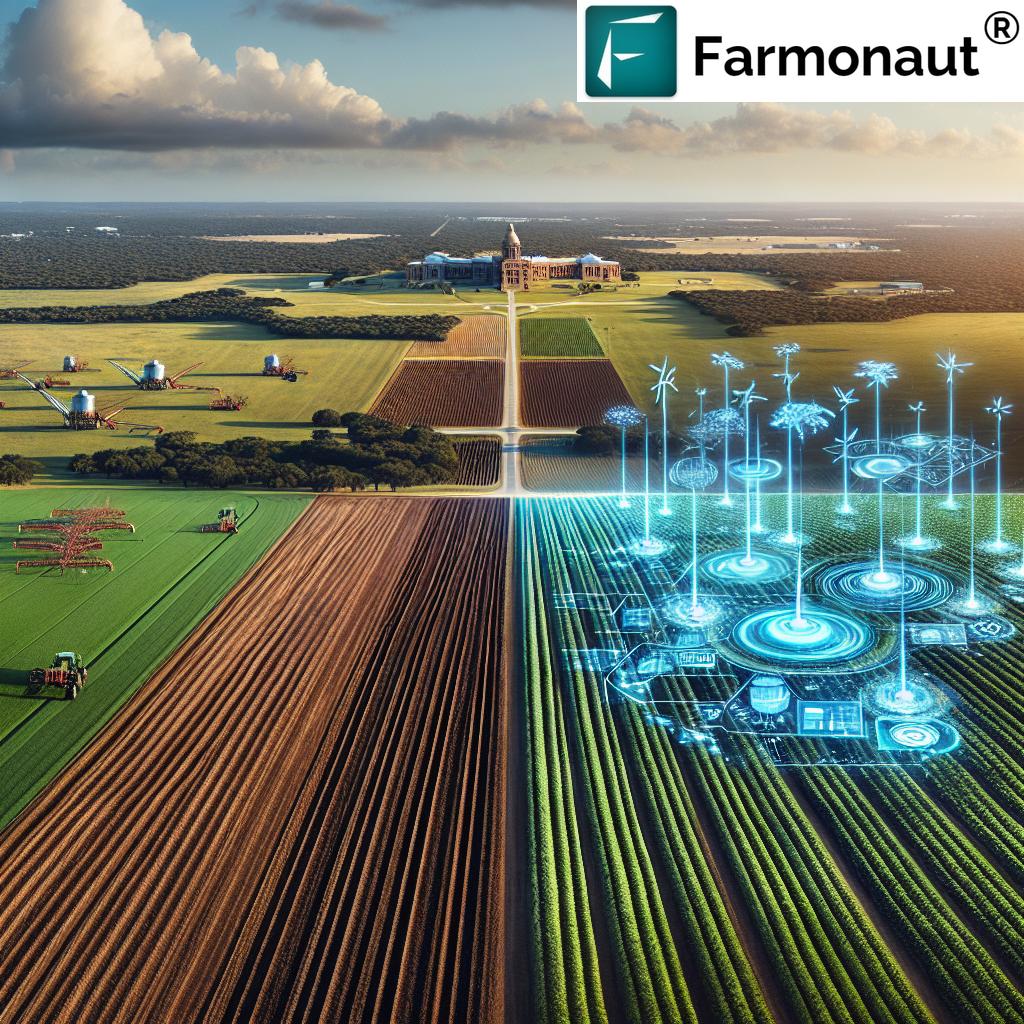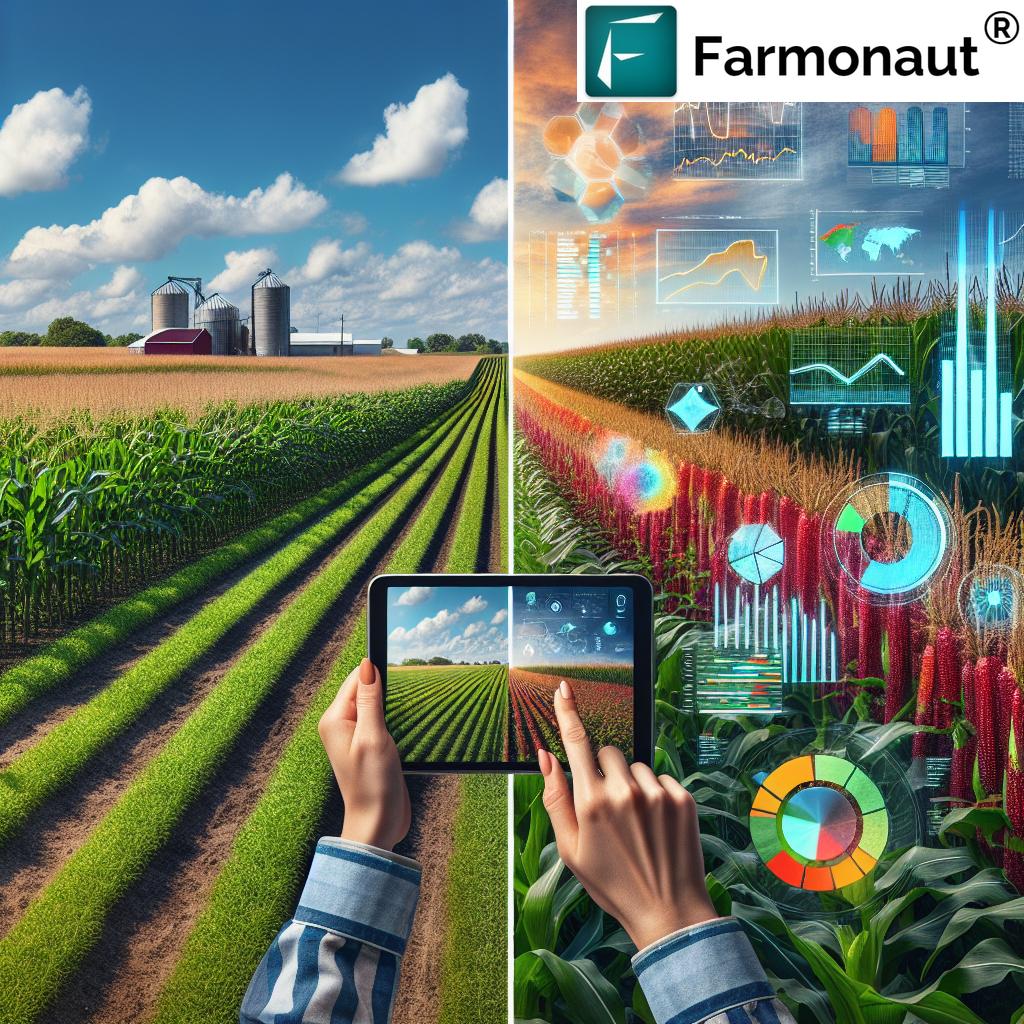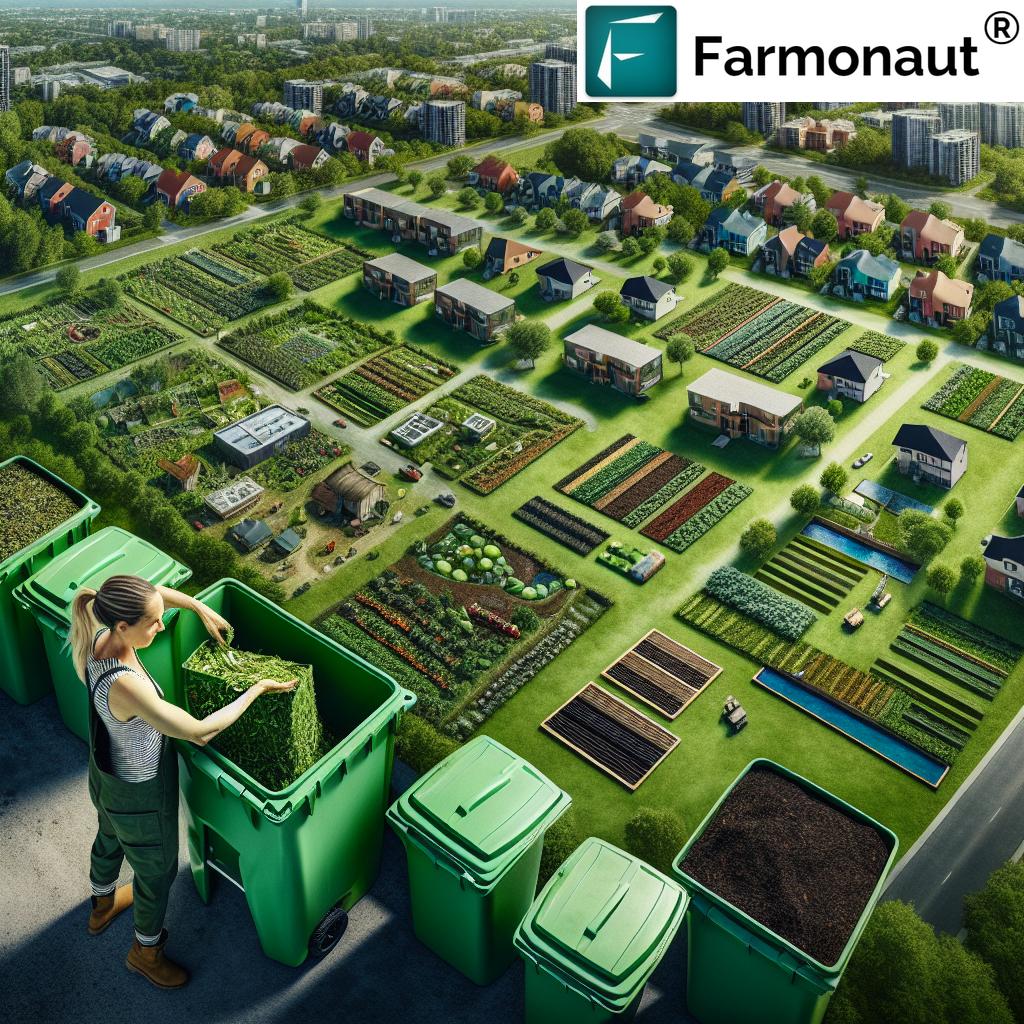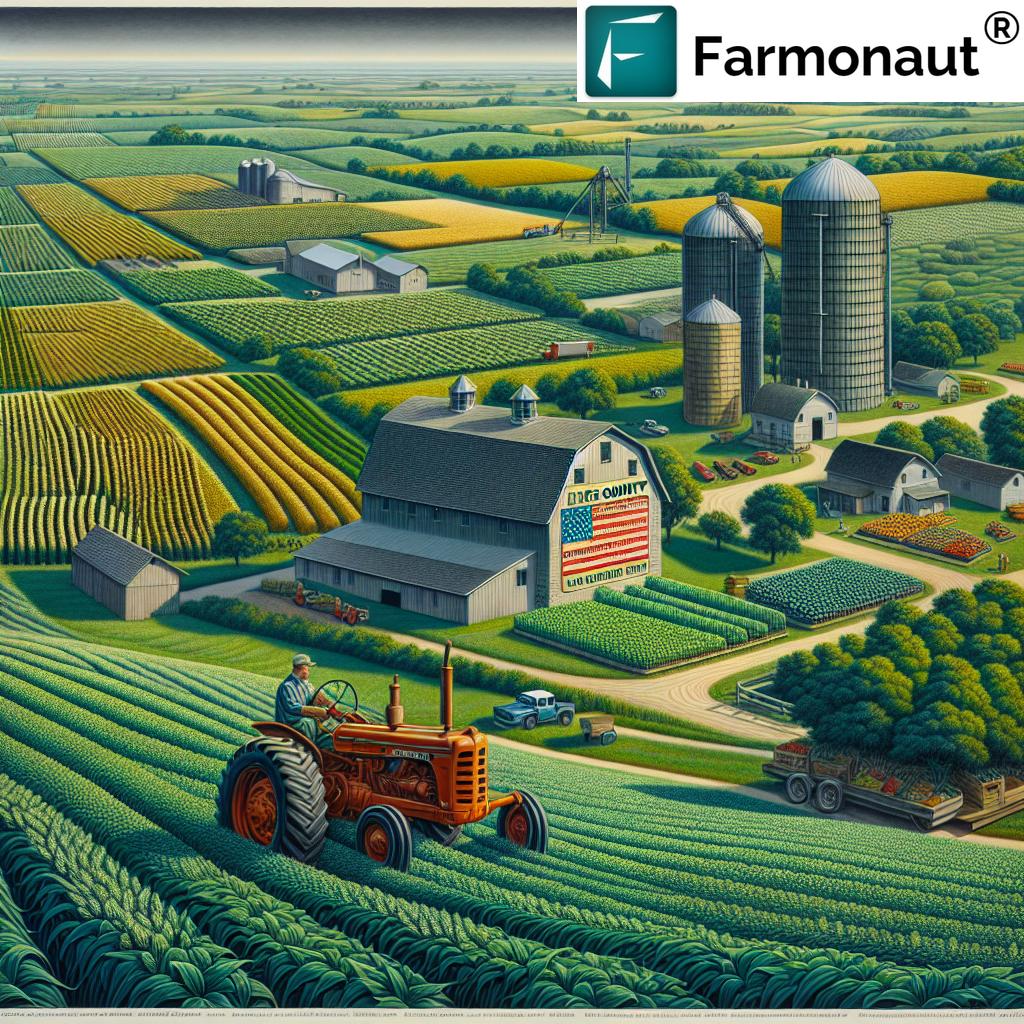Sustainable Easter: How Washington’s Potato Farms Are Revolutionizing Eco-Friendly Holiday Traditions
“Washington state produces over 10 billion pounds of potatoes annually, making it the second-largest potato producer in the US.”
As we approach the Easter season, a new and exciting trend is taking root in Washington state and beyond. This year, instead of the traditional Easter egg dyeing, many families are turning to a more sustainable and cost-effective alternative: potato dyeing. This eco-friendly twist on a beloved holiday tradition is not only budget-friendly but also showcases the versatility of one of Washington’s most important crops.
In this comprehensive guide, we’ll explore how Washington’s potato farms are at the forefront of this revolutionary approach to Easter celebrations. We’ll delve into the art of potato dyeing, examine the ideal varieties for this creative process, and uncover the rich agricultural heritage that makes Washington the perfect backdrop for this sustainable holiday trend.
The Rise of Potato Dyeing: A Sustainable Easter Alternative
With egg prices soaring to unprecedented levels, many families are seeking alternatives to the traditional Easter egg decorating ritual. Enter the humble potato – a staple crop that’s abundant, affordable, and surprisingly well-suited for festive decoration. Let’s explore why potato dyeing is gaining popularity and how it aligns with sustainable practices.
Why Choose Potatoes for Easter Decorations?
- Cost-effective: With the average price of a dozen large eggs surpassing $6.20, potatoes remain a bargain at less than 90 cents per pound.
- Versatile canvas: Potatoes provide a sturdy, smooth surface that’s receptive to various dyes and decorating techniques.
- Reusable: Unlike dyed eggs that often go to waste, decorated potatoes can be cooked and eaten after the festivities.
- Eco-friendly: Choosing locally grown potatoes reduces transportation emissions and supports sustainable farming practices.
By opting for potato dyeing, families can engage in a fun, creative activity that’s gentle on both the environment and their wallets. This shift towards more sustainable Easter traditions aligns perfectly with the growing awareness of environmental issues and the need for responsible consumption.
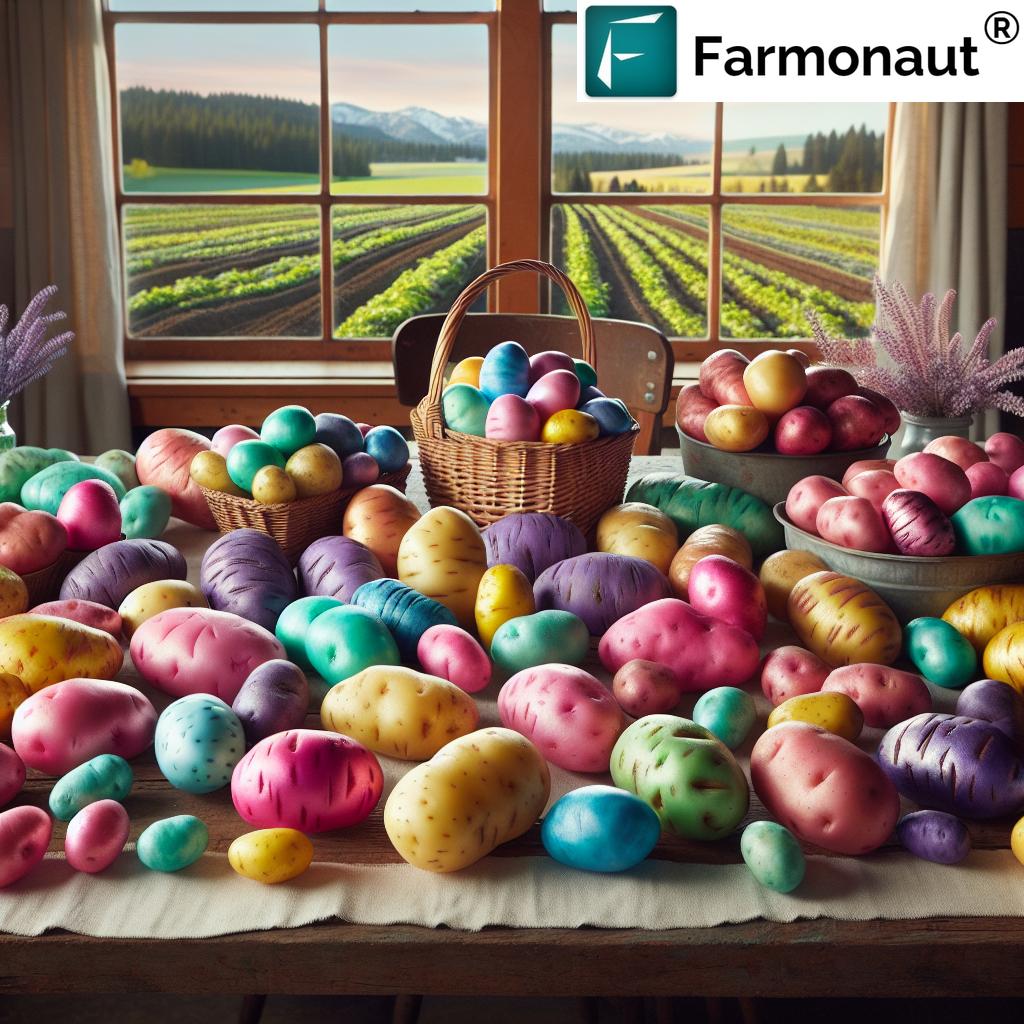
Washington’s Potato Farming: The Perfect Climate for Innovation
Washington state, particularly the Yakima Valley, boasts ideal conditions for potato cultivation. The combination of rich soil, optimal climate, and innovative farming practices has positioned Washington as a leader in potato production. Let’s explore what makes this region so special for potato farming.
Climate and Soil Conditions
Potatoes thrive in Washington’s unique climate, characterized by:
- Cool temperatures: Nighttime lows in the 50s and 60s
- Moderate daytime highs: Staying under 80 degrees
- Well-drained soil: Essential for preventing decay and promoting healthy growth
These conditions create the perfect environment for potato cultivation, allowing farmers to produce high-quality crops year after year. The state’s commitment to sustainable farming practices further enhances the quality and eco-friendliness of its potato production.
Innovative Farming Techniques
Washington’s potato farmers are at the forefront of agricultural innovation, employing advanced techniques to maximize yield while minimizing environmental impact. Some of these practices include:
- Precision irrigation systems
- Crop rotation to maintain soil health
- Integrated pest management to reduce chemical use
- Use of satellite technology for crop monitoring
These innovative approaches not only improve crop quality but also contribute to the sustainability of potato farming in the region. Farmers in Washington are increasingly turning to technology to enhance their operations, with many utilizing platforms like Farmonaut for advanced crop monitoring and management.
Farmonaut’s satellite-based farm management solutions offer real-time insights into crop health, soil moisture levels, and other critical metrics. This technology enables farmers to make informed decisions about irrigation, fertilizer usage, and pest management, ultimately optimizing crop yields and reducing resource wastage.
Potato Varieties: Choosing the Perfect Spud for Easter Decorating
Not all potatoes are created equal when it comes to Easter decorating. The Washington State Potato Commission recommends several varieties that are particularly well-suited for dyeing and decorating. Let’s explore these options and their unique characteristics.
| Potato Variety | Skin Color | Texture | Dye Absorption | Eco-Friendly Rating |
|---|---|---|---|---|
| Russet | Brown | Rough | Excellent | 5/5 |
| Red | Red | Smooth | Good | 4/5 |
| Yellow | Light Yellow | Smooth | Very Good | 4/5 |
| Purple | Deep Purple | Smooth | Fair | 5/5 |
Russet Potatoes
Russet potatoes are a popular choice for Easter decorating due to their:
- Large size, providing ample surface area for intricate designs
- Rough skin texture, which absorbs dye exceptionally well
- Versatility in cooking applications after decorating
Red Potatoes
Red potatoes offer a unique canvas for Easter decorations:
- Smooth skin that takes on dye beautifully
- Natural red color can be incorporated into designs
- Smaller size, perfect for children’s hands during decorating activities
Yellow Potatoes
Yellow potatoes provide a bright base for Easter decorations:
- Light color allows for vivid dye results
- Smooth texture ideal for detailed patterns
- Buttery flavor makes them delicious in post-Easter recipes
By choosing locally grown varieties, we not only support Washington’s farmers but also reduce the carbon footprint associated with long-distance transportation. This aligns perfectly with the sustainable ethos of potato dyeing for Easter.
For those interested in tracking the environmental impact of their potato choices, Farmonaut offers a carbon footprinting tool. This innovative feature allows farmers and consumers to monitor and reduce their environmental impact, promoting more sustainable agricultural practices.
The Art of Potato Dyeing: A Step-by-Step Guide
“Potato dyeing for Easter can reduce household food waste by up to 25% compared to traditional egg decorating.”
Now that we’ve explored the perfect potato varieties for Easter decorating, let’s dive into the process of potato dyeing. This fun and eco-friendly activity is simple enough for the whole family to enjoy. Here’s a step-by-step guide to creating vibrant, egg-like decorations using potatoes.
Preparation
- Select your potatoes: Choose firm, unblemished potatoes of similar size for consistent results.
- Clean thoroughly: Wash the potatoes under cool running water, gently scrubbing to remove dirt and any small sprouts.
- Dry completely: Pat the potatoes dry with a clean towel to ensure the dye adheres properly.
Dyeing Process
- Prepare your dye: Mix food coloring with water in bowls or plastic bags. Experiment with different color combinations for unique shades.
- Submerge the potatoes: Place the cleaned potatoes in the dye solution, ensuring they’re fully covered.
- Let them soak: Leave the potatoes in the dye for 5-10 minutes, depending on the desired color intensity.
- Remove and dry: Carefully remove the potatoes from the dye and place them on a drying rack or paper towels.
Decorating Techniques
- Wax resist: Draw patterns with a white crayon before dyeing for a batik-like effect.
- Stickers: Apply stickers before dyeing, then remove after for negative space designs.
- Multiple colors: Dip different sections of the potato in various colors for a multi-hued effect.
- Natural dyes: Experiment with plant-based dyes like beet juice or turmeric for an extra eco-friendly touch.
Remember, the key to successful potato dyeing is patience and creativity. Don’t be afraid to experiment with different techniques and color combinations to create unique Easter decorations.
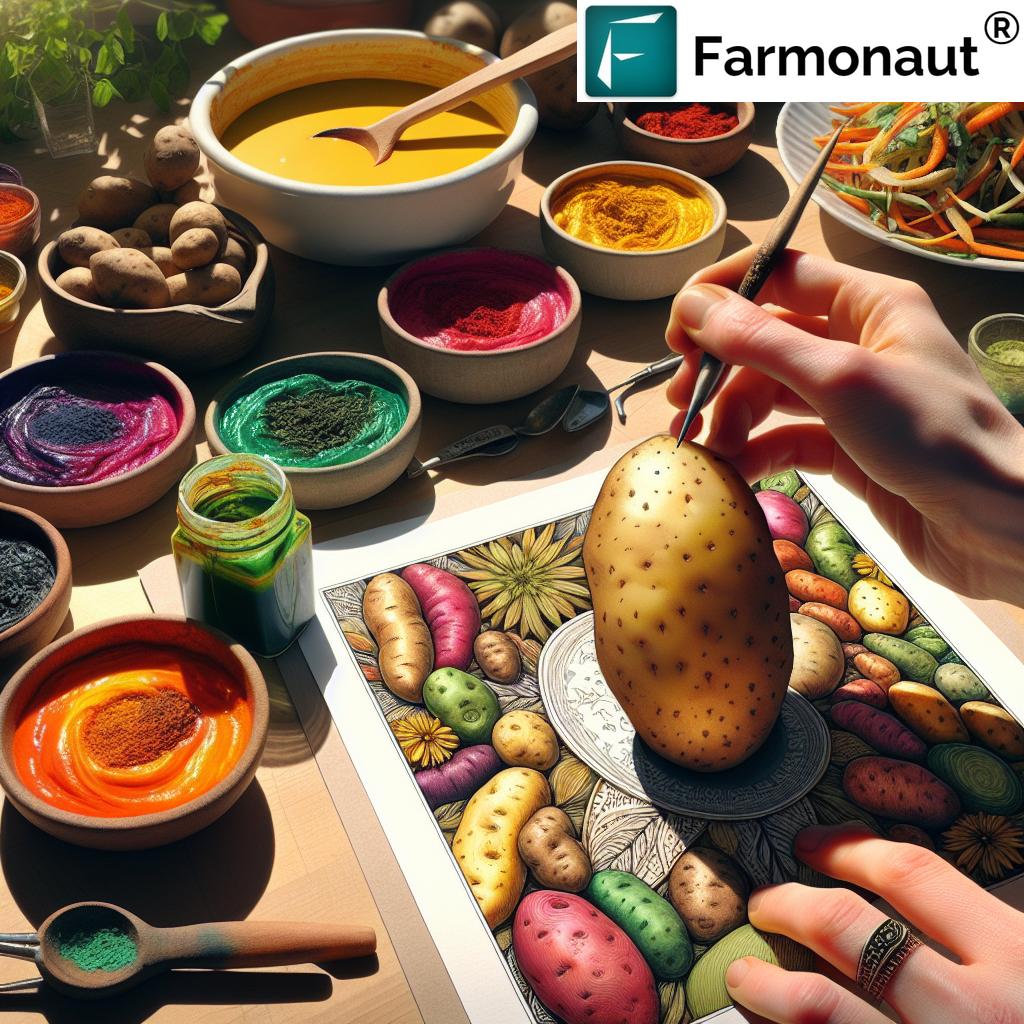
From Farm to Table: The Journey of Washington’s Potatoes
The path from Washington’s fertile fields to your Easter table is a fascinating journey that showcases the state’s commitment to sustainable agriculture. Let’s explore the lifecycle of a Washington potato, from planting to harvest.
Planting and Growth
Potato farming in Washington is a year-round effort, with most planting occurring in early spring. Farmers carefully select seed potatoes, often using advanced techniques to ensure disease-free, high-yield crops. The planting process involves:
- Preparing the soil with proper nutrients and optimal pH levels
- Cutting seed potatoes into smaller pieces, each with at least one “eye” for sprouting
- Planting the seed pieces in rows, typically using specialized machinery for efficiency
Throughout the growing season, farmers monitor their crops closely, managing irrigation, pest control, and soil health. Many Washington potato farmers are adopting precision agriculture techniques, using satellite imagery and data analytics to optimize their operations.
Farmonaut’s crop plantation and advisory services play a crucial role in this process. By providing real-time data on crop health, soil moisture, and weather patterns, Farmonaut enables farmers to make informed decisions that optimize their resources and improve crop yields.
Harvest Season
The potato harvest in Washington typically takes place between July and October, depending on the variety and intended use of the crop. The harvest process involves:
- Monitoring potato maturity through regular field checks
- Using specialized harvesting equipment to dig up the potatoes
- Sorting and grading potatoes based on size and quality
- Storing potatoes in climate-controlled facilities to maintain freshness
This labor-intensive process requires careful planning and execution to ensure the highest quality potatoes reach consumers. Washington’s farmers take pride in their sustainable harvesting practices, minimizing waste and maximizing efficiency.
Sustainable Farming Practices in Washington’s Potato Industry
Washington’s potato farmers are committed to sustainable agriculture, implementing various practices to reduce environmental impact and ensure long-term viability. Some key sustainability initiatives include:
- Water conservation: Implementing efficient irrigation systems and water management techniques
- Soil health management: Practicing crop rotation and using cover crops to maintain soil fertility
- Integrated pest management: Reducing reliance on chemical pesticides through biological controls and resistant varieties
- Energy efficiency: Adopting renewable energy sources and energy-efficient equipment in farming operations
These practices not only benefit the environment but also contribute to the production of high-quality potatoes perfect for Easter decorating and consumption. By choosing Washington potatoes for your Easter celebrations, you’re supporting these sustainable farming efforts.
Farmonaut’s large-scale farm management solutions are instrumental in helping Washington’s potato farmers implement and track these sustainable practices. The platform’s AI-driven insights and real-time monitoring capabilities enable farmers to optimize resource use, reduce waste, and improve overall farm productivity.
Beyond Easter: Creative Uses for Dyed Potatoes
One of the great advantages of using potatoes for Easter decorations is their versatility after the holiday. Unlike dyed eggs, which often go to waste, decorated potatoes can be repurposed in various ways. Here are some creative ideas to extend the life of your Easter potatoes:
Culinary Creations
- Colorful mashed potatoes: Use different colored dyed potatoes to create a vibrant side dish
- Rainbow potato salad: Incorporate various dyed potato varieties for a festive picnic favorite
- Artistic potato prints: Cut dyed potatoes in half and use them as stamps for unique artwork
Educational Activities
- Potato science experiments: Use dyed potatoes to teach children about plant growth and food coloring absorption
- Color mixing lessons: Demonstrate how different dye combinations create new colors
Decorative Uses
- Table centerpieces: Arrange dyed potatoes in a bowl for a unique, eco-friendly decoration
- Garden markers: Use leftover dyed potatoes as colorful, biodegradable plant markers in your garden
By finding creative ways to use dyed potatoes after Easter, we can further reduce waste and extend the joy of this sustainable holiday tradition.
The Economic Impact of Washington’s Potato Industry
The potato industry plays a significant role in Washington’s economy, contributing to job creation and rural development. By choosing Washington potatoes for Easter decorating, consumers are supporting:
- Local farmers and their families
- Agricultural workers across the state
- Related industries such as transportation and processing
- Rural communities that depend on agricultural income
The shift towards sustainable Easter traditions, like potato dyeing, can have a positive ripple effect on the local economy. As demand for locally grown, eco-friendly products increases, it encourages further investment in sustainable farming practices and innovation in the agricultural sector.
Farmonaut’s crop loan and insurance services play a crucial role in supporting this economic ecosystem. By providing satellite-based verification for crop loans and insurance, Farmonaut helps reduce the financial risks associated with farming, making it easier for Washington’s potato farmers to invest in their operations and adopt sustainable practices.
Embracing Tradition with a Sustainable Twist
As we look to the future of Easter celebrations, the trend of potato dyeing represents a beautiful blend of tradition and innovation. By adapting time-honored customs to meet modern environmental concerns, we’re creating new traditions that honor both our cultural heritage and our responsibility to the planet.
This shift towards sustainable Easter practices reflects a broader trend in consumer consciousness. More and more, people are seeking ways to celebrate holidays and special occasions in environmentally friendly ways. The potato dyeing trend is just one example of how we can reimagine our traditions to be more sustainable without sacrificing the joy and community spirit that make these celebrations special.
Conclusion: A New Era of Sustainable Easter Traditions
As we’ve explored throughout this article, the rise of potato dyeing for Easter represents more than just a cost-effective alternative to traditional egg decorating. It symbolizes a shift towards more sustainable, locally-focused holiday traditions that honor our agricultural heritage while addressing modern environmental concerns.
Washington’s potato farms are at the forefront of this eco-friendly revolution, providing high-quality, sustainably grown potatoes that serve as the perfect canvas for creative Easter decorations. By choosing to dye potatoes instead of eggs, families are not only reducing waste and supporting local agriculture but also creating new, meaningful traditions that can be passed down to future generations.
As we look to the future, it’s clear that the intersection of technology, sustainability, and tradition will continue to shape our holiday celebrations. Innovations in farming practices, supported by advanced technologies like those offered by Farmonaut, will play a crucial role in ensuring that our Easter traditions remain vibrant, meaningful, and environmentally responsible for years to come.
This Easter, consider starting a new tradition with potato dyeing. It’s a small change that can make a big difference – for your wallet, for Washington’s farmers, and for the planet. Let’s embrace this sustainable twist on Easter traditions and create a more eco-friendly future, one potato at a time.
FAQs
- Are dyed potatoes safe to eat?
Yes, as long as you use food-safe dyes, the potatoes are perfectly safe to eat after decorating. - How long do dyed potatoes last?
Dyed potatoes can last for several weeks if stored in a cool, dark place. However, for consumption, it’s best to use them within a week of dyeing. - Can I use natural dyes for potato decorating?
Absolutely! Natural dyes like beet juice, turmeric, and spinach can create beautiful colors and are an excellent eco-friendly option. - How does potato dyeing compare to egg dyeing in terms of environmental impact?
Potato dyeing generally has a lower environmental impact as it reduces food waste and supports local agriculture. Potatoes can also be composted after use. - What other sustainable Easter traditions can I incorporate?
Consider using reusable baskets, creating decorations from recycled materials, or organizing an outdoor Easter egg hunt that incorporates nature appreciation activities.
Earn With Farmonaut: Join Farmonaut’s affiliate program and earn a 20% recurring commission by sharing your promo code. Help farmers save 10% while you earn. Onboard 10 Elite farmers monthly to potentially earn a minimum of $148,000 annually. Start now and grow your income!
Learn more about the Farmonaut Affiliate Program
Access Farmonaut’s Innovative Agricultural Solutions
Discover how Farmonaut’s cutting-edge technology can revolutionize your farming practices:
For developers interested in integrating Farmonaut’s powerful satellite and weather data into their own applications, check out our API and API Developer Docs.



